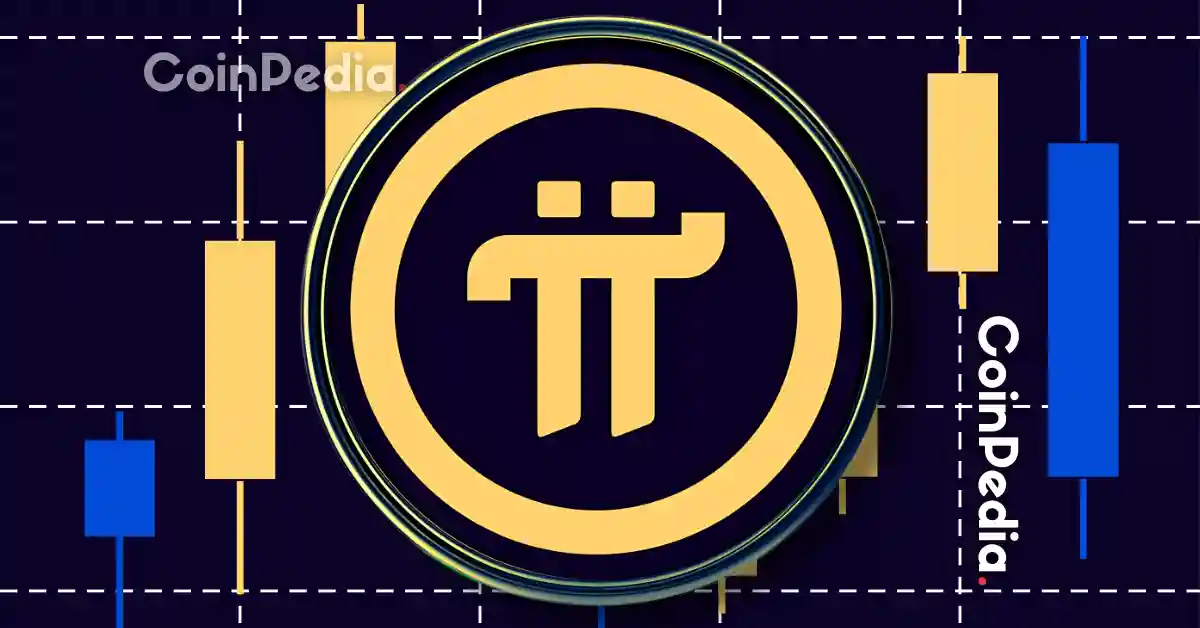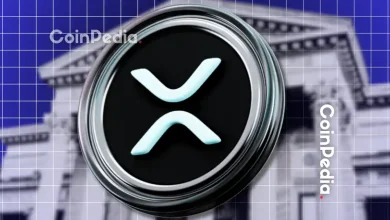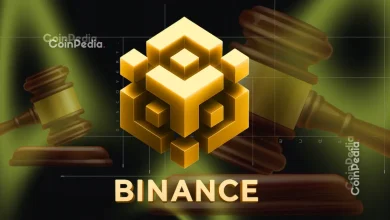
Pi Network has successfully migrated over 12 million users to the mainnet with a circulating supply of 8.04 billion.
But experts still believe that it won't reach $1 due to its continous falling price.
Upcoming token unlock and rising exchange reserves could pose selling pressure on the coin.
Pi Network has successfully migrated over 12 million users to the mainnet with a circulating supply of 8.04 billion. This represents less than 10% of the 100 billion maximum supply of Pi Network.
But despite all the developments, an expert noted the ongoing risks on Pi from its structural inflation and explained why it is hard for Pi to reach $1.
How Is Reaching $1 in Pi still a Challenge?
In a recent post on X, cryptocurrency expert Kosasi Nakamoto explained that PI has dropped 17% due to faster migrations over 30 days. Other than that, it has fallen 45% over 90 days due to failure to differentiate from competitors’ risks.
The network even launched several new projects, like the Protocol 23 update, which introduced Linux-based nodes, decentralized KYC, and scalability improvements. Alongside that, it also introduced PiOnline gaming/DeFi ecosystem, just to boost the adoption rate. But competition from low-cost remittance projects, like Remittix, challenged Pi’s valuation.
Remittix diverted the investor attention from Pi and drew away its capital with its stronger real-world utility, institutional backing, and clearer roadmap. Nakamoto wrote, “Competitors like Remittix, offering low-cost remittance solutions (0.1% fees), pose a challenge to Pi’s speculative valuation.”
Upcoming Token Unlock Pose Selling Pressure
Since May, a crypto whale has accumulated over 331 million Pi, which roughly equals $113 million at the present trading value. According to the expert, this could have stabilized the Pi price, but was halted due to upcoming token unlocks and rising exchange reserves, which posed selling pressure on the coin.
Nakamoto says, exchange balances have jumped 82% to over 400 million PI, and September’s 149.5 million unlock adds more selling pressure. Moreover, Pi’s low turnover ratio of 0.98% also highlights thin liquidity, making it susceptible to volatility from large trades.
So, it is mandatory for Pi to maintain a sustainable ecosystem where the supply pressure and growth maintain an adequate balance to boost the adoption rate. Only then, there may be a possibility of reaching $1 in Pi.
Trust with CoinPedia:
CoinPedia has been delivering accurate and timely cryptocurrency and blockchain updates since 2017. All content is created by our expert panel of analysts and journalists, following strict Editorial Guidelines based on E-E-A-T (Experience, Expertise, Authoritativeness, Trustworthiness). Every article is fact-checked against reputable sources to ensure accuracy, transparency, and reliability. Our review policy guarantees unbiased evaluations when recommending exchanges, platforms, or tools. We strive to provide timely updates about everything crypto & blockchain, right from startups to industry majors.
Investment Disclaimer:
All opinions and insights shared represent the author's own views on current market conditions. Please do your own research before making investment decisions. Neither the writer nor the publication assumes responsibility for your financial choices.
Sponsored and Advertisements:
Sponsored content and affiliate links may appear on our site. Advertisements are marked clearly, and our editorial content remains entirely independent from our ad partners.








